- JST Home
- /
- Strategic Basic Research Programs
- /
 PRESTO
PRESTO- /
- project/
- Creation of Future Materials by Expanding Materials Exploration Space/
- [Future Materials] Year Started : 2022
[Future Materials] Year Started : 2022
Yusuke Ito
Creation of mechanochemistry by spatio-temporal localization of pressure and temperature fields
Grant No.:JPMJPR22Q1
Researcher
Yusuke Ito

Lecturer
School of Engineering
The University of Tokyo
Outline
Structural phase transitions induced by high pressure and high temperature are attracting attention, but the trade-off between the applied pressure and the cooling rate limits the creation of high-pressure materials. In this research, I aim to create a reaction field that combines ultrahigh pressure and ultrafast cooling by controlling electrons and phonons at high speeds during photo irradiation, thereby creating new materials. By expanding the material search space to the ultrahigh-pressure reaction region, I will develop mechanochemistry that enables the creation of metastable phases.
Kazuyoshi Kanamori
Development of porous soft materials via new aqueous chemistry of silicones
Grant No.:JPMJPR22Q2
Researcher
Kazuyoshi Kanamori
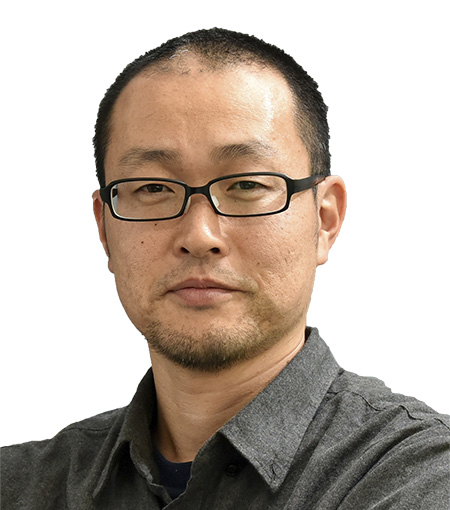
Assistant Professor
Graduate School of Science
Kyoto University
Outline
Silicones are resinous/rubbery materials composed mainly of silicon and oxygen atoms with smaller amounts of organic groups, and can be distinguished from common plastics derived from petroleum resources. Although silicones are becoming popular as daily-use materials, their potential abilities are still largely unexplored. In order to develop silicones as a sustainable material with multifunctionality, this study targets the development of new porous soft materials based on silicones and their applications. Exploration of new aqueous solution chemistry will enable unprecedented chemical and porous structures in silicones, which will extend the possibility of silicone materials with low environmental impact.
Takuto Soma
Creation of strongly correlated nitride thin films
Grant No.:JPMJPR22Q3
Researcher
Takuto Soma

Senior Assistant Professor
Institute of Multidisciplinary Research for Advanced Materials
Tohoku University
Outline
The discovery of strongly correlated properties such as high-temperature superconductivity in transition-metal oxides has led to a paradigm shift that ceramics can also be used as electronic materials, and several future materials have been discovered. In this research, I create strongly correlated electrons in nitrides by applying the material synthesis technology based on high-quality thin films developed for oxides to nitrides. By creating a new paradigm of “strongly correlated nitrides” in which the characteristics of nitrides are integrated, I will explore a new land where future materials lie.
Naoki Takata
Generation of non-equilibrium microstructure and metastable phases by metal 3D printing technologies
Grant No.:JPMJPR22Q4
Researcher
Naoki Takata
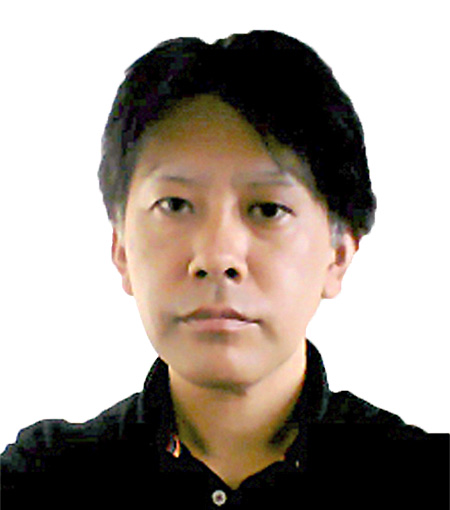
Professor
Graduate School of Engineering
Nagoya University
Outline
In the unexplored elemental combinations (combinations of Al and transition metals, Al-based multicomponent systems, and Fe-based systems), we will make an attempt to reveal the features of non-equilibrium microstructures and metastable phases produced by laser powder bed fusion (L-PBF) process, as a representative process of metal 3D-printing (metal additive manufacturing) technologies. We will elucidate the mechanisms of the superior mechanical properties of the L-PBF processed materials. Based on these results, we aim to understand the fundamentals of controlling the non-equilibrium microstructures and metastable phases in multi-elemental materials additive-manufactured by the L-PBF process.
Ryojun Toyoda
Photoregulation of DNA supercoiled structures using molecular machines
Grant No.:JPMJPR22Q5
Researcher
Ryojun Toyoda
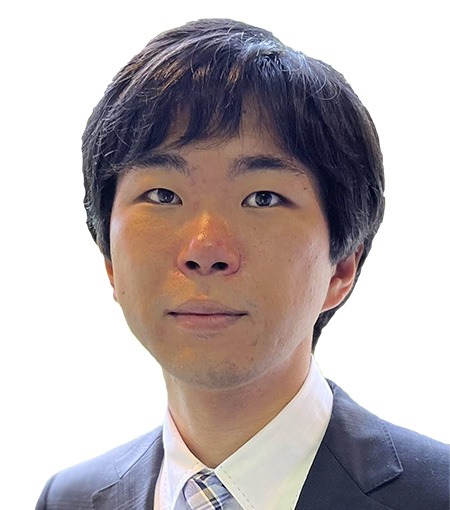
Assistant Professor
Graduate School of Science
Tohoku University
Outline
Topology plays a key role in delivering the full potential of DNA in biological systems. While recent development of nanotechnology has produced a bunch of functional DNA materials, there is still a big challenge to control their topological structures. This research program aims to construct a hybrid material of a double-stranded DNA and a light-driven molecular machine. The machine is expected to regulate the topological state of DNA upon irradiation of light, affording supercoiled architectures as a new family of DNA materials.
Kodai Niitsu
Exploration of mechanical functionalities emerged by local physical properties within defects
Grant No.:JPMJPR22Q6
Researcher
Kodai Niitsu
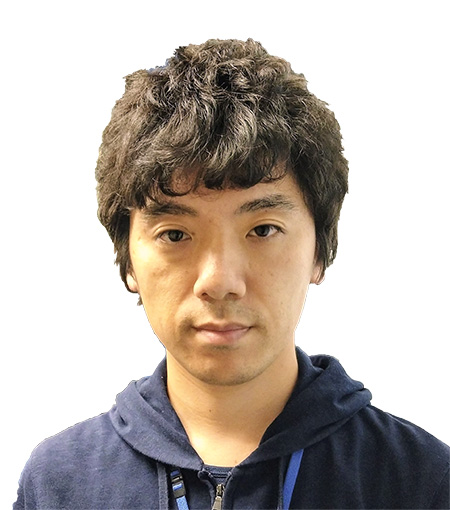
Independent Scientist
Center for Basic Research on Materials
National Institute for Materials Science
Outline
Strengthening mechanism of crystalline materials has been understood based on the elastic interaction between lattice defects such as dislocations. However, once considering various physical orders localized in lattice defects, strengthening mechanism could be explained in a more generalized and systematized way. Localized physical properties are expected to influence the dynamics of the hosting lattice defect, and as a result, affect various physical properties of bulk crystals including mechanical properties. In this project, diverse and novel functionalities will be engineered by designing physical properties localized in lattice defects.
Hideki Hashimoto
Preparation of oxide glasses with hyper local ordering
Grant No.:JPMJPR22Q7
Researcher
Hideki Hashimoto
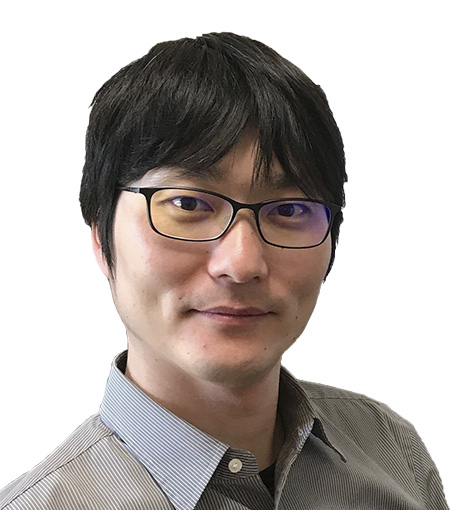
Associate Professor
School of Advanced Engineering
Kogakuin University
Outline
We will synthesize bulk intermediate oxide glasses by applying high pressure to amorphous intermediate oxides prepared through electrochemical oxidization and precipitation methods. The final goal is to propose design scheme for novel materials by making clear the relation of physical properties and structural features of these oxide glasses using quantum beam experiments and computer simulations.
Tomoko Fujino
Oligomer-based conductive materials with mixed sequences for ultra-high conductivity
Grant No.:JPMJPR22Q8
Researcher
Tomoko Fujino
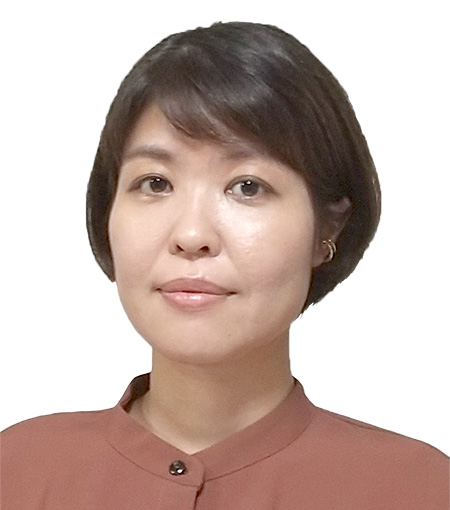
Associate Professor
Faculty of Engineering
Yokohama National University
Outline
Oligomer-based conductors composing of arranged multiple units offer superior tunability of their electronic structures and packing forms in single crystals. Therefore, clarifying the relationship between oligomer sequence and conductivity would help realize organic materials with unprecedented conductivities. The high crystallinity and adequate solubility of oligomer-based conductors will allow single-crystalline conductive films to be fabricated for future organic electronics.
Akiko Yagi
Creation of Novel Diamond Architectures
Grant No.:JPMJPR22Q9
Researcher
Akiko Yagi

Professor
Graduate School of Science
Nagoya University
Outline
Diamond materials have attracted huge attention in the current shortage of semiconductors and the miniaturization of materials. In this project, we will create molecular diamond, a new higher-order diamondoid, and diamond hybrid architecture, in which diamond structures are highly combined with other materials, by using molecular synthesis techniques. The aim of this project is to contribute to the progress of science and industry through the creation of novel and diverse diamond architectures.
Kosei Yamauchi
Development of Molecular Photocatalytic Systems Driving Alkaline Water Splitting
Grant No.:JPMJPR22QA
Researcher
Kosei Yamauchi
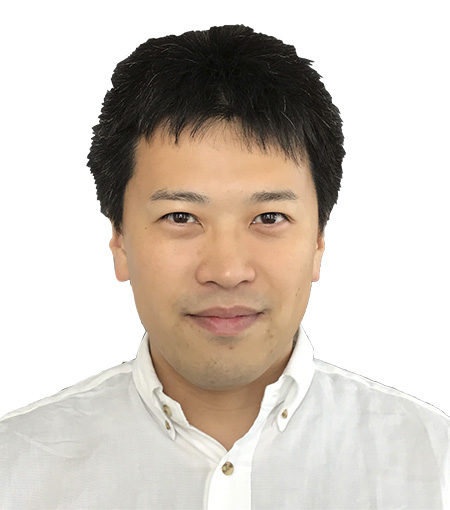
Associate Professor
Institute for Advanced Study
Kyushu University
Outline
The water splitting reaction driven by molecular photocatalysts has attracted considerable attention as the storage technology of renewable energy, where the water oxidation has been considered as the bottleneck. In this context, this study focuses on the development of molecular catalysts promoting photochemical hydrogen evolution from alkaline water, in which the water oxidation is rather favorable. Furthermore, this half-cell reaction will be further applied to the molecular system for solar-driven alkaline water splitting to realize the sustainable society.













